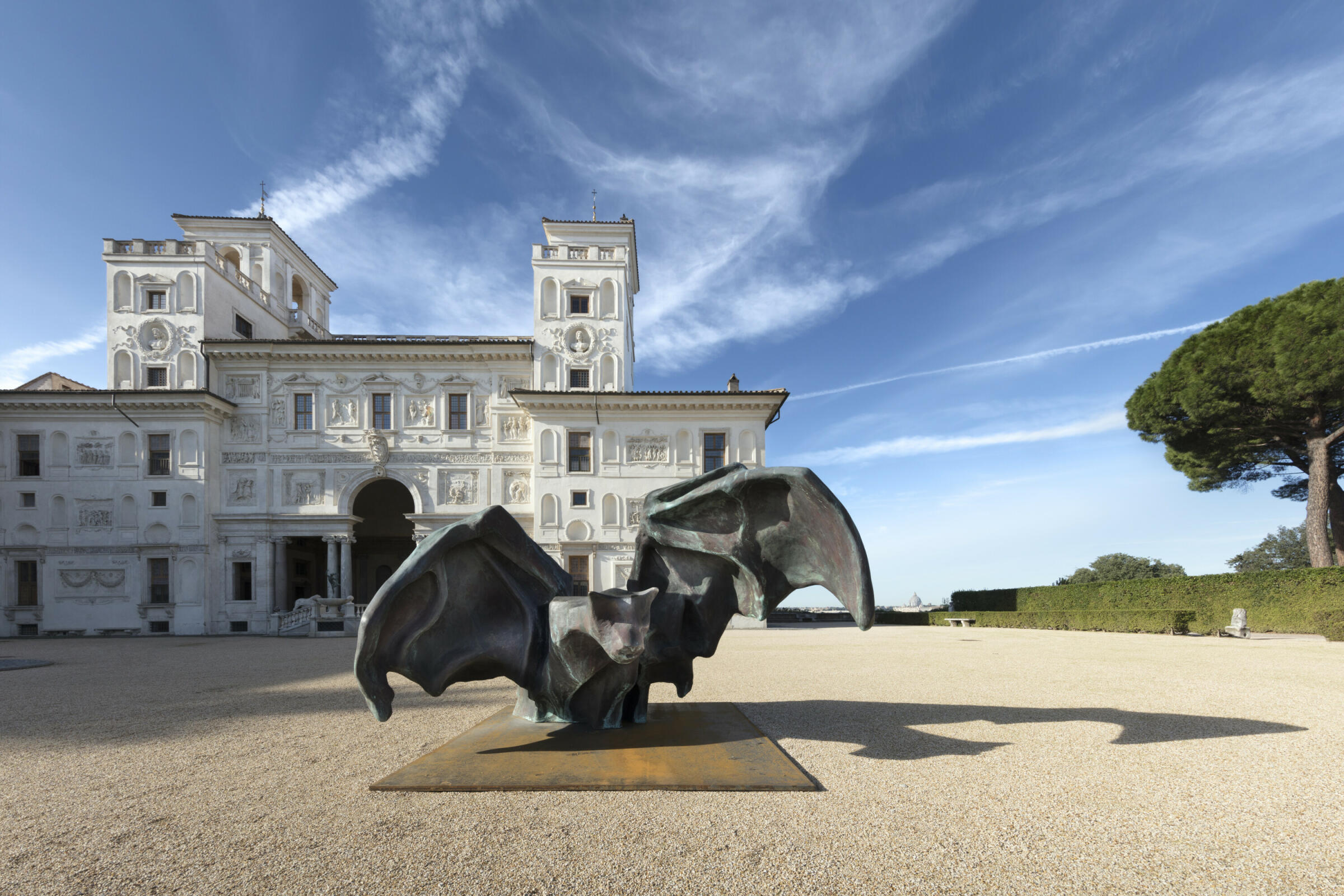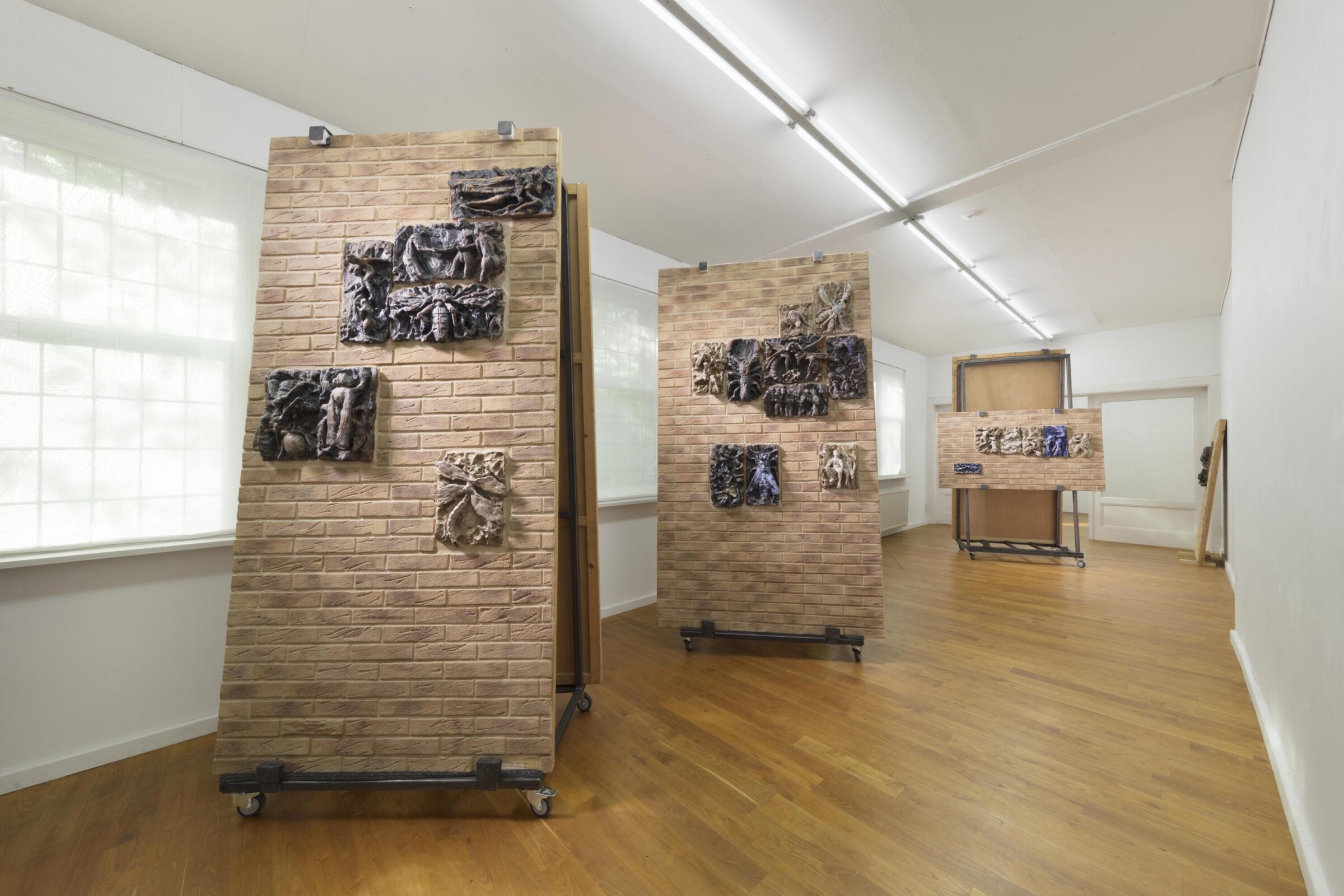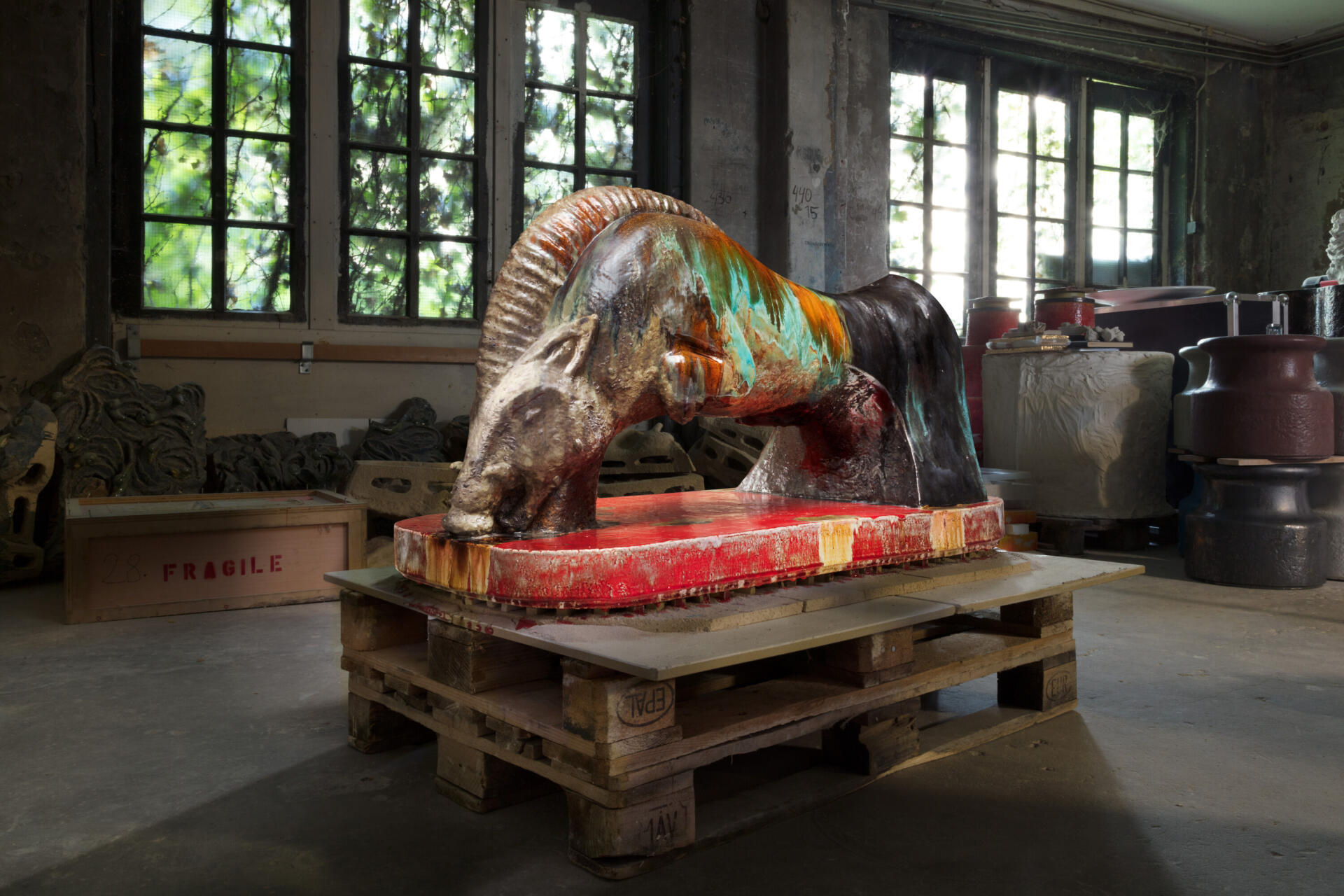
Bestiarium, La Piscine Museum - André Diligent, Roubaix
La Piscine
2022
For the exhibition in Roubaix, designed in partnership with the Almine Rech Gallery, the artist presented – in addition to two emblematic works from his career – C’est dans ma nature (2001) and De Vleermuis (2014-2019), a metamorphic bas-relief and a monumental fountain in the form of a bat – an unusual set of seventeen ceramic animals (Beasts). A wild boar stuck in a bloody mire, a fly asleep like a cadaver tomb or a pelican petrified by unfathomable sadness: the bestiary is never naturalistic but symbolic, with each animal a sign of the ethereal, between desolation and abandonment, impulse and melancholy. No still lives here: everything is alive, everything pulses, and everything trembles. These faux-naïf beasts recount the political substance of a world made of conflict, struggle, and resignation, but also of joy, consolation, and hope. For if Man is a political animal, the world is a splendid theatre of cruelty…
The exhibition presented at La Piscine de Roubaix from March 12 to May 29, 2022 was divided into three chapters, each exploring animality from three different angles - political, humanistic, and monumental.
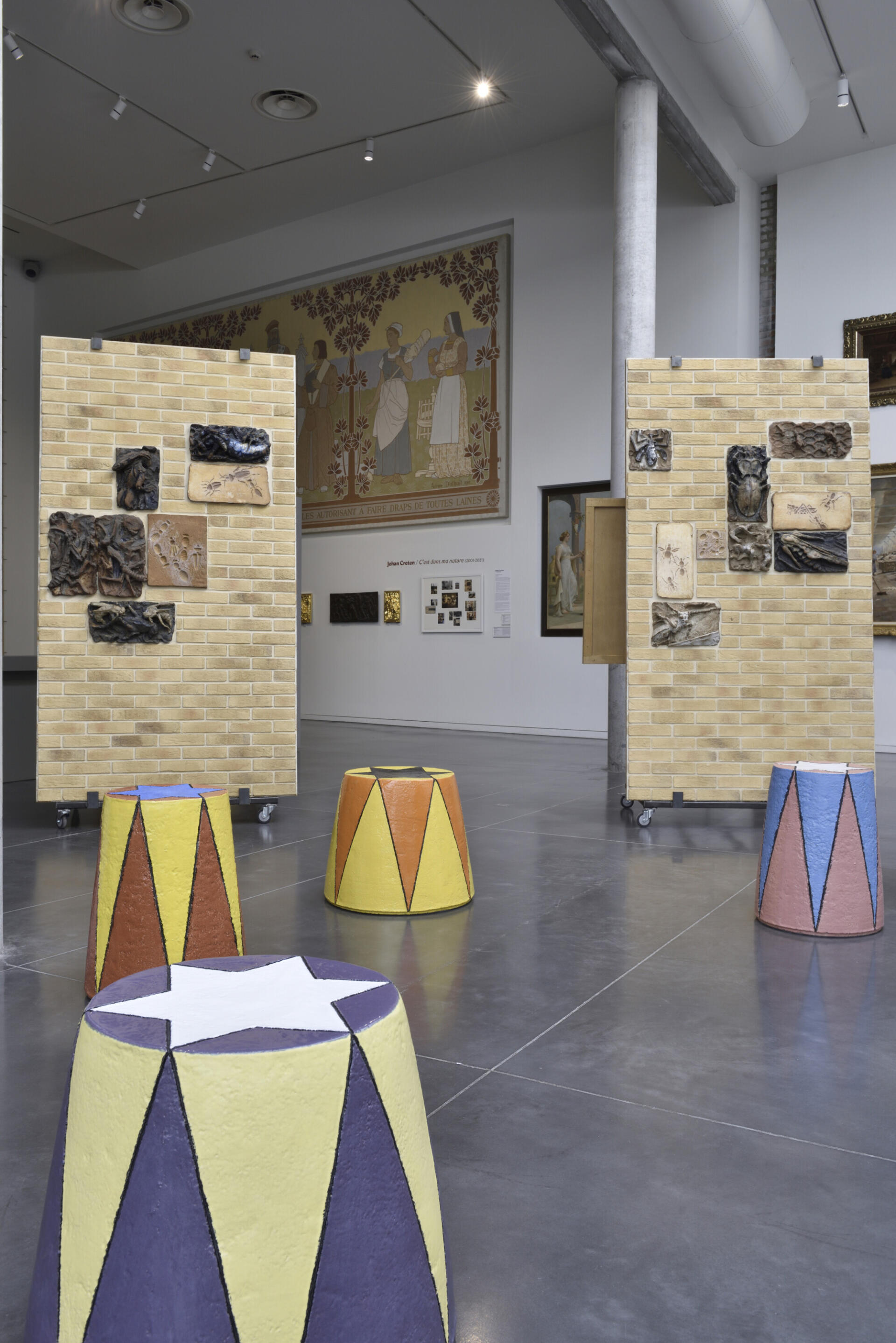
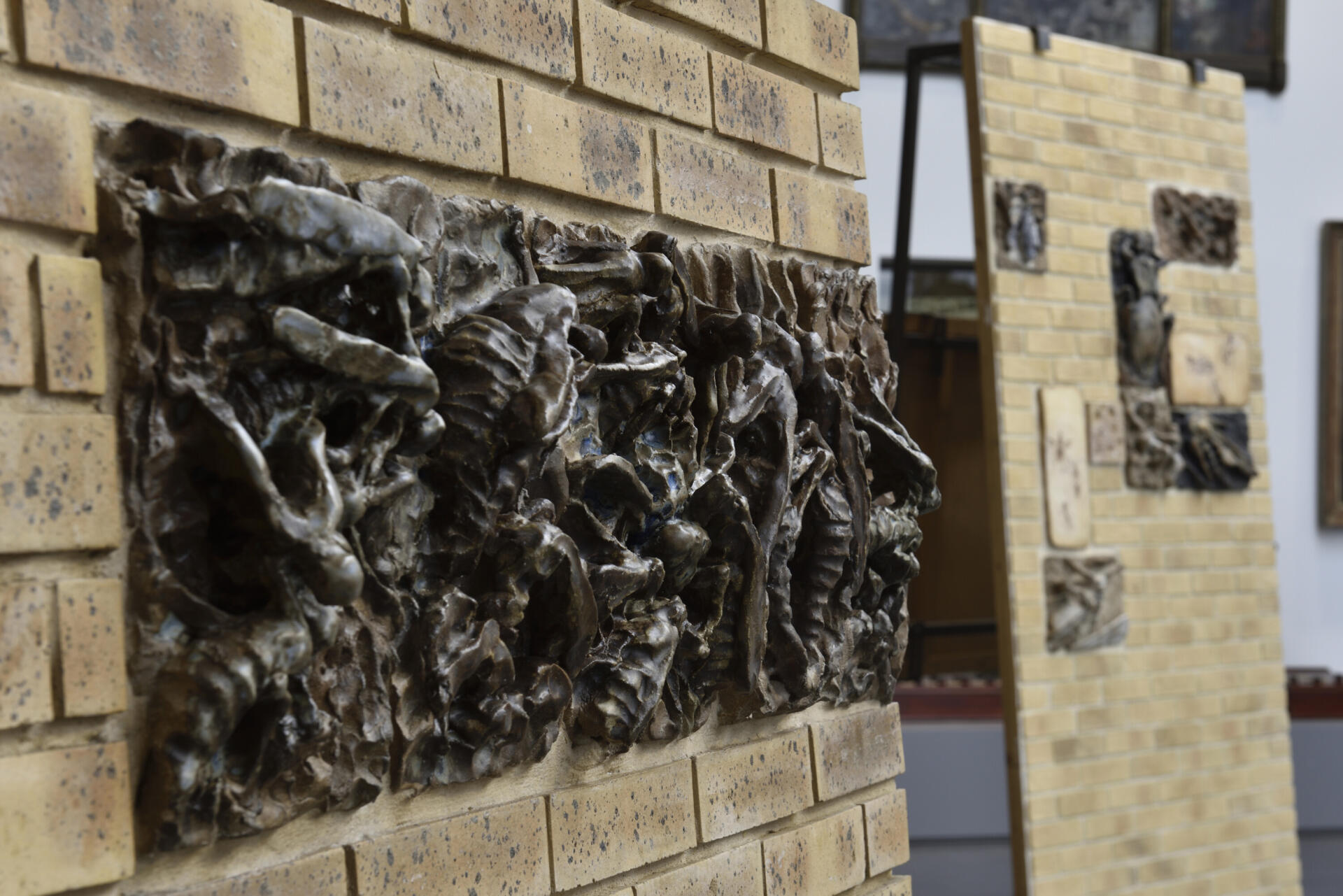
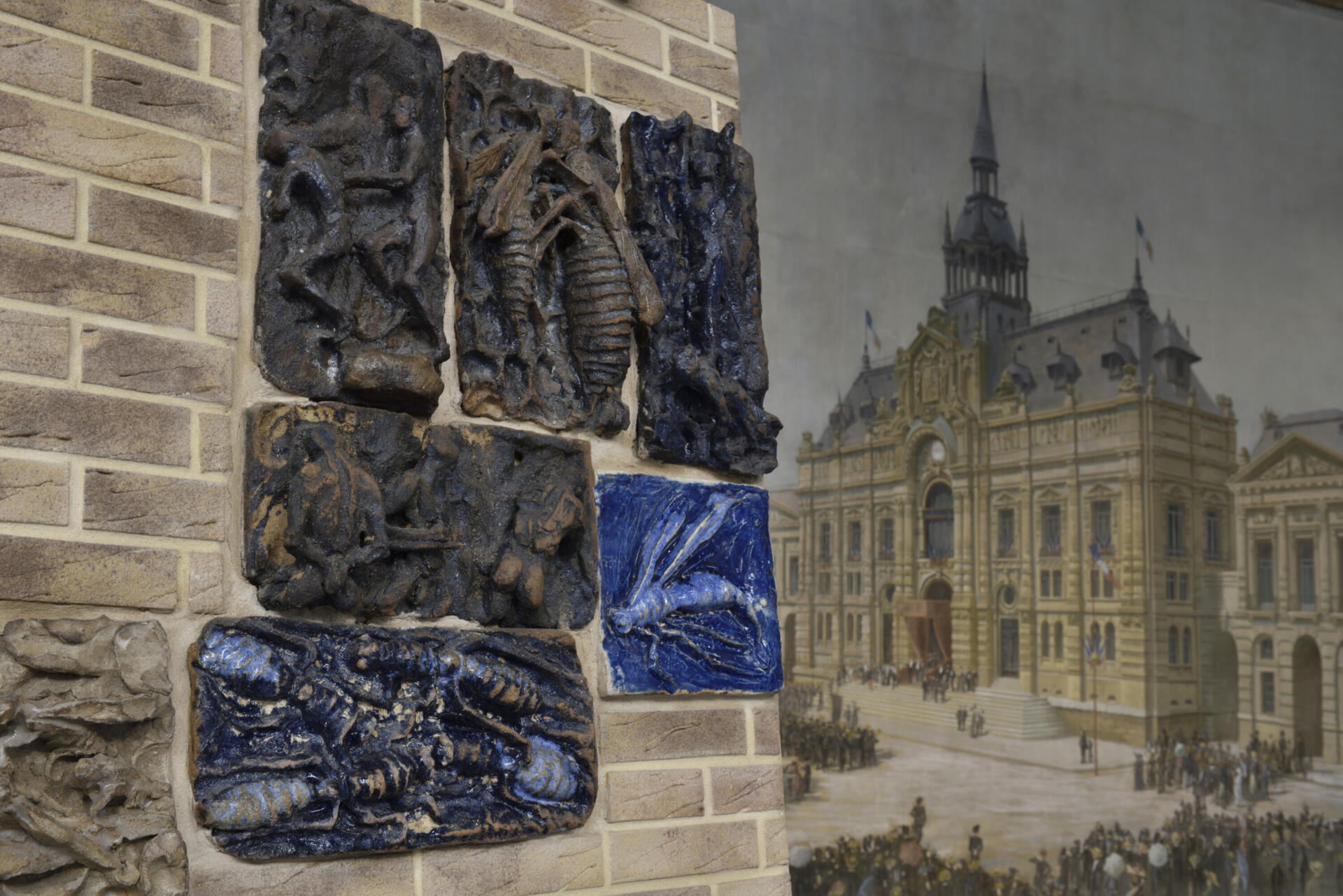
In the vast room presenting the cultural and social history of Roubaix is exhibited C'est dans ma nature (2001), a little-known work made up of ten panels hosting, on a support of fake bricks, ceramic bas-reliefs, made by the artist twenty years earlier, after dialogues with school children from Aulnay-sous-Bois. These mobile panels remind us that art can make things happen in the heart of the city. Recent bronzes, a bas-relief by Honoré Daumier and photographic enlargements elaborate a sovereign dialogue with historical pieces of La Piscine, a way of reminding us of the eminently political dimension of the work of Johan Creten.
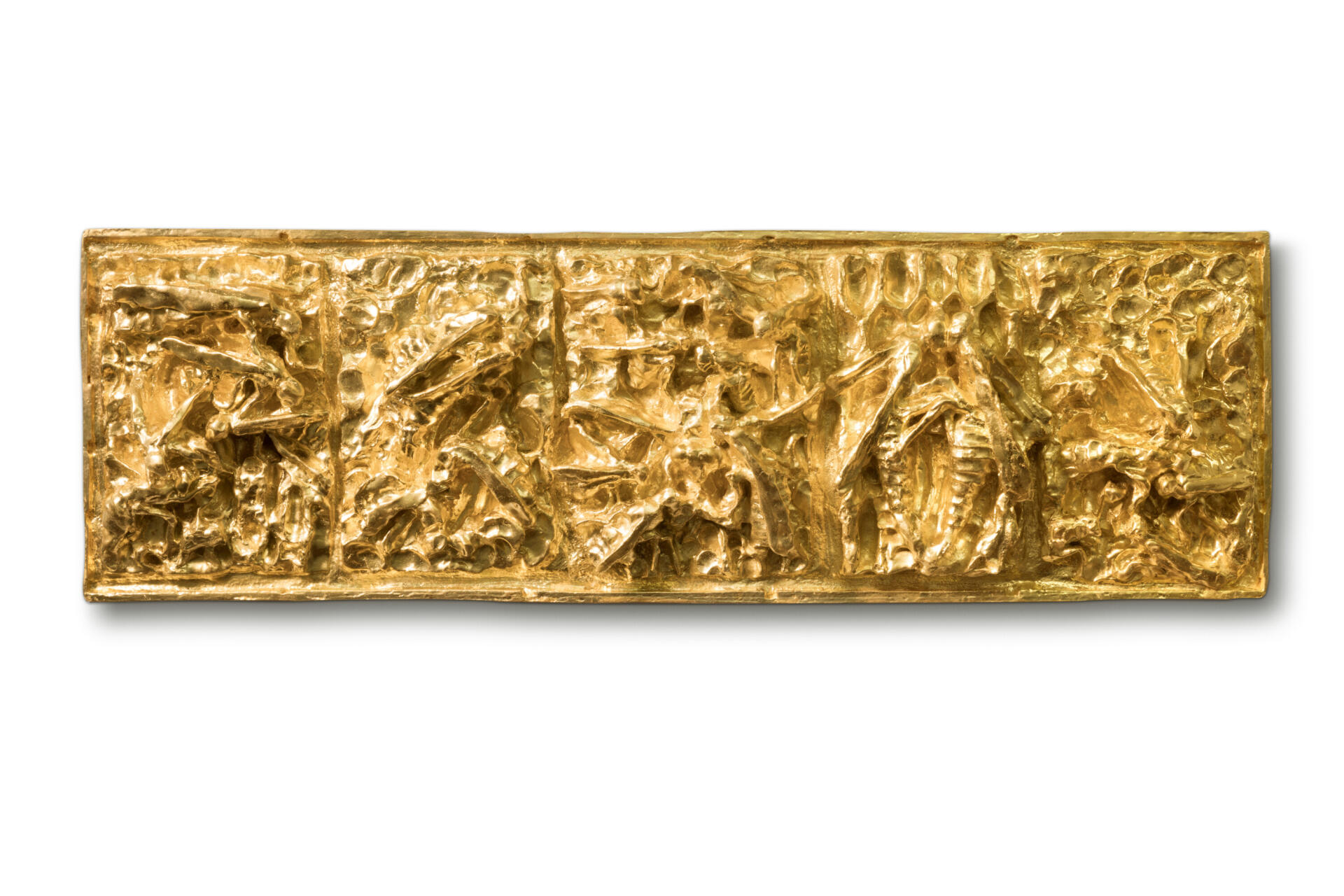
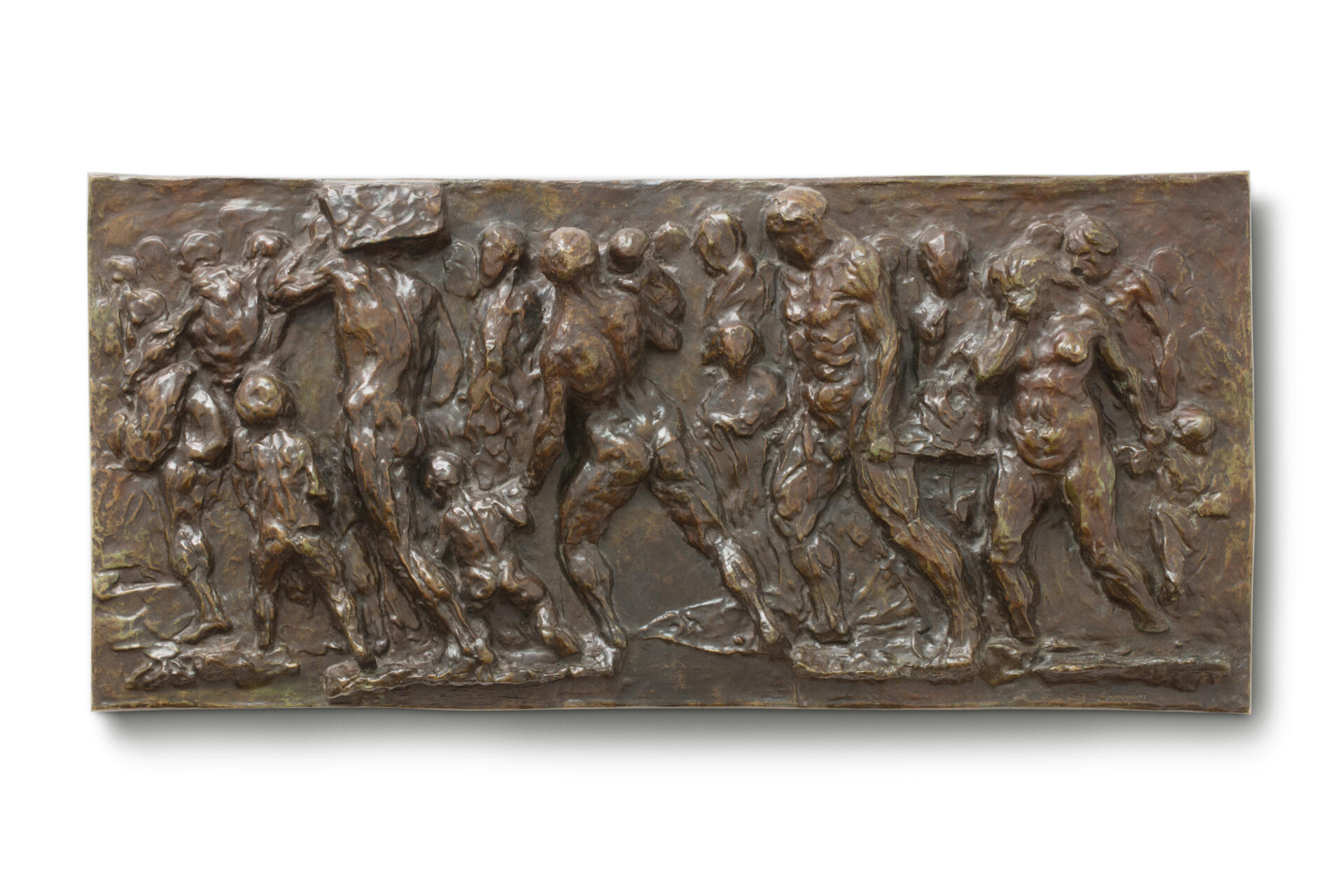
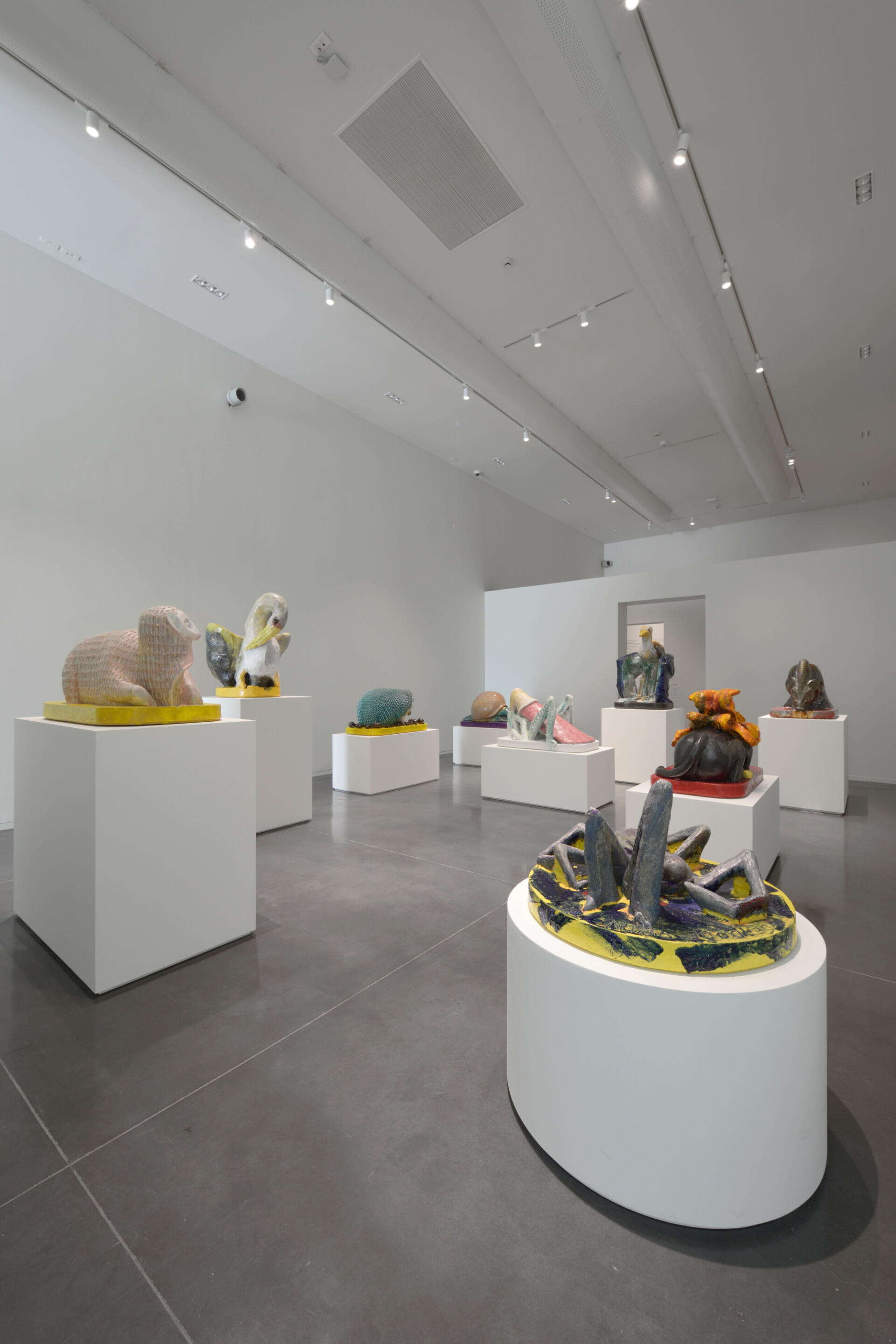
In the immaculate exhibition room, under its high cathedral ceiling, are exhibited seventeen virtuoso sculptures by Johan Creten, conceived over a period of three years in the Struktuur 68 studio in The Hague. These large glazed ceramics, born of multiple firings and singular glazes, draw a silent bestiary, populated by dogs, flies, pelicans, birds, or even spiders. Antinaturalist, probing the proximity between man and animal, this unpublished bestiary will be presented later in Brussels, at the Almine Rech gallery. Evoking fables and collective mythology, these works are charged with a powerful humanistic dimension, readily existentialist.
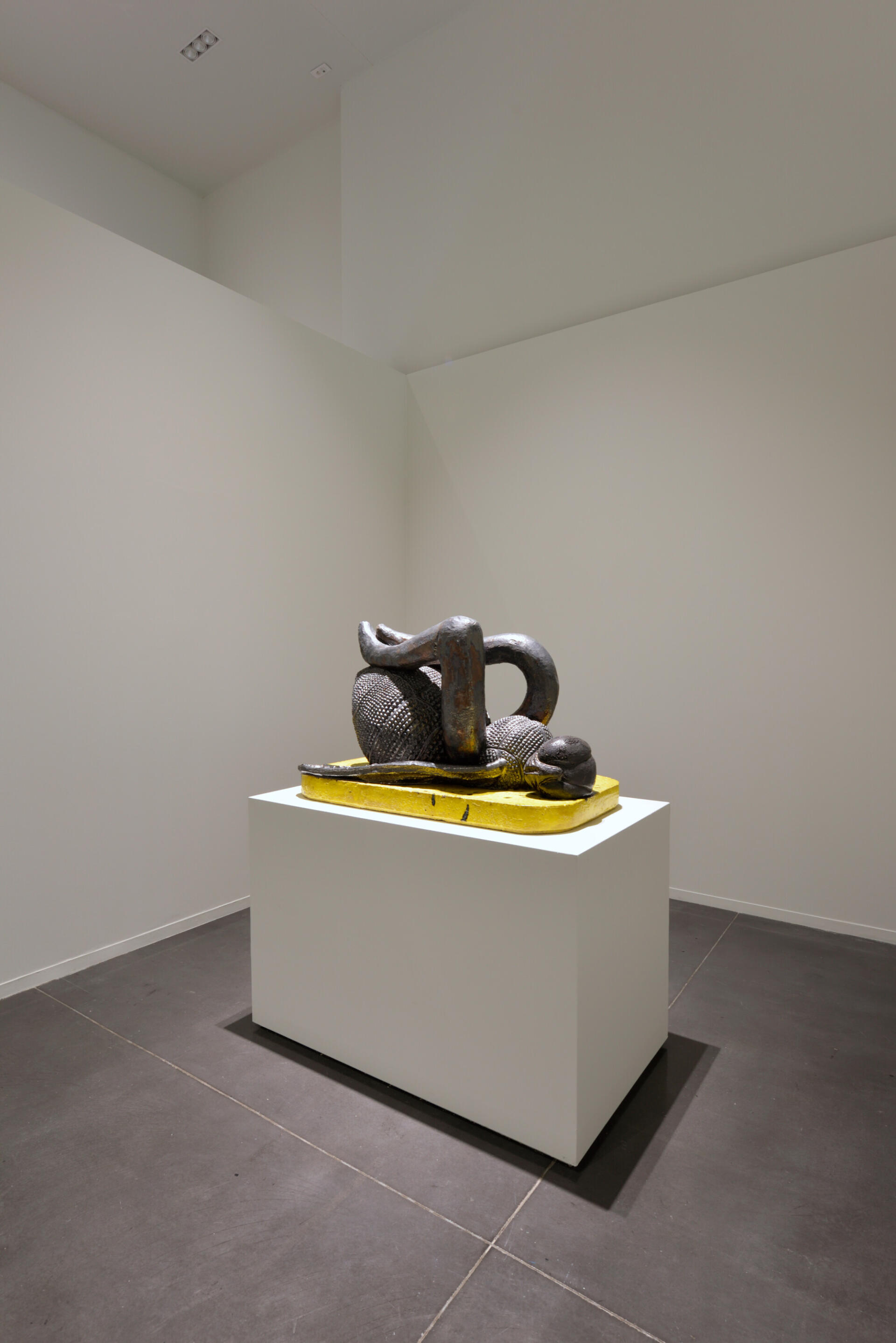
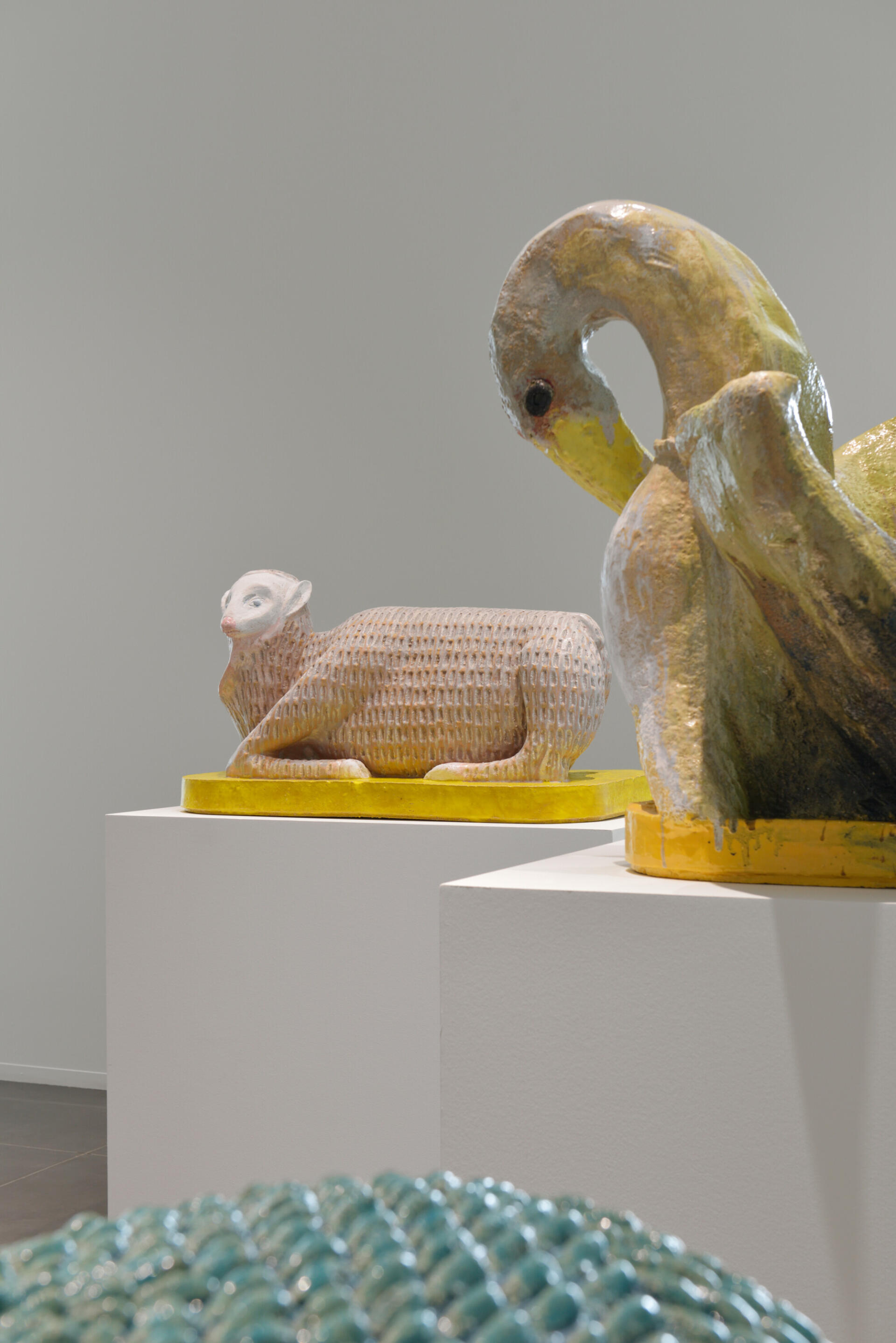
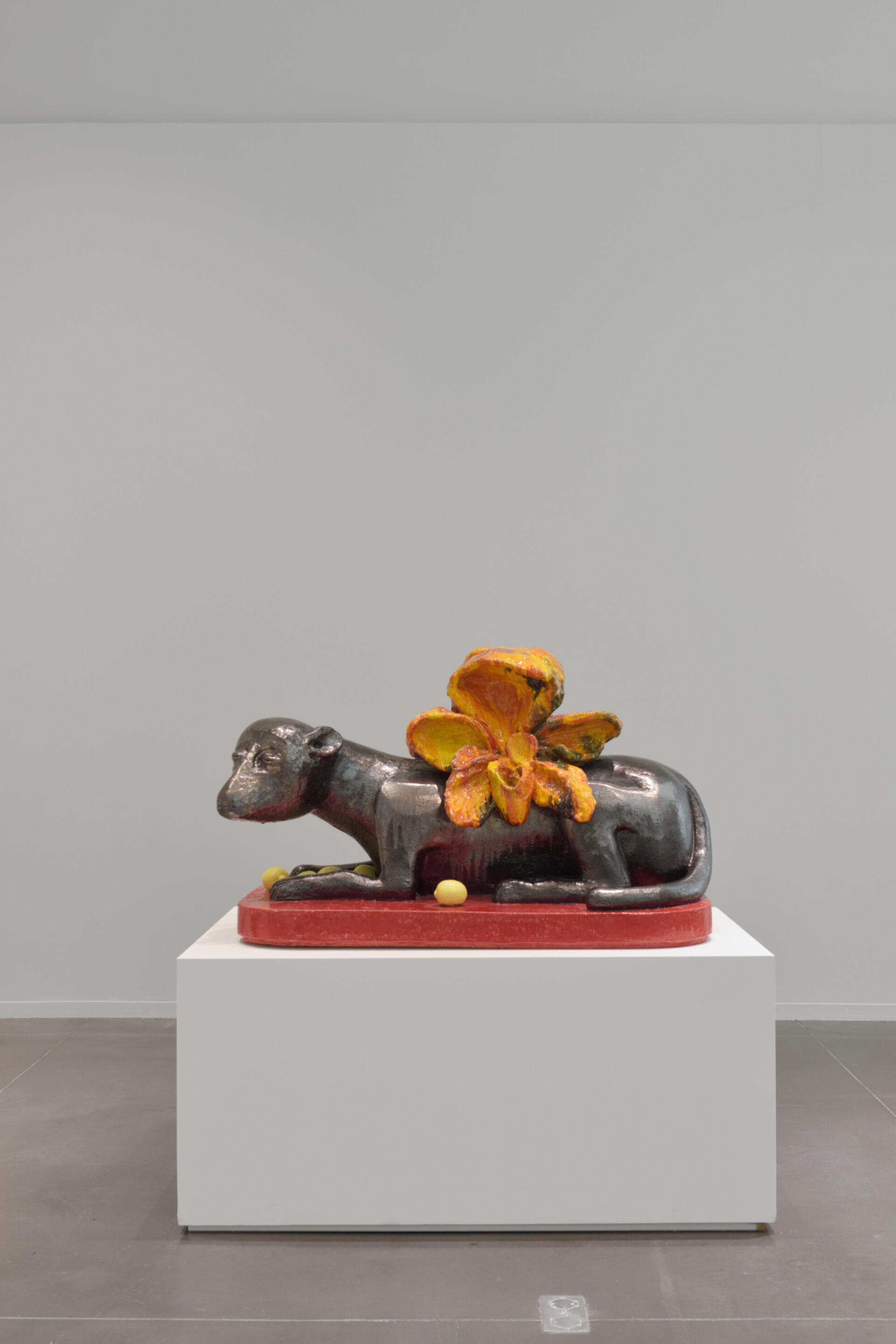
In The Hague, in a den like a secret refuge, amid the dust and clay and kilns, a few steps from Spinoza’s house – a fervent defender of animal welfare – Johan Creten has been working for years on sculptures whose physical forms and countenances, be it a bird, a dog, or a grasshopper, are borrowed from animals. These seventeen new works have found their natural space at La Piscine, in the vast airiness of the rooms, next to a pool of water. But there is no naturalism here. No illusionism. These falsely naïve, rough, even brutal zoomorphic figures speak to us of ourselves. Us humans trapped in our human condition, us civilised animals roaming the streets and fields, driven by urges, violence and desire, us individuals, lonely and numerous, called to order by pangolin or bat, caught in the spider’s web of the world, docile sheep or lone wolves, us filled with our childhood, playing cat and mouse and bulldog, watching dying does on the big screen, and on smaller ones, little creatures grappling with the world’s complexity.
The silence of these animals creates a political theatre, a theatre that needs the presence of previous works – a giant bat like an omen or a deus ex machina, bas-reliefs depicting animal phantasmagorias against (eminently social) expanses of brick.
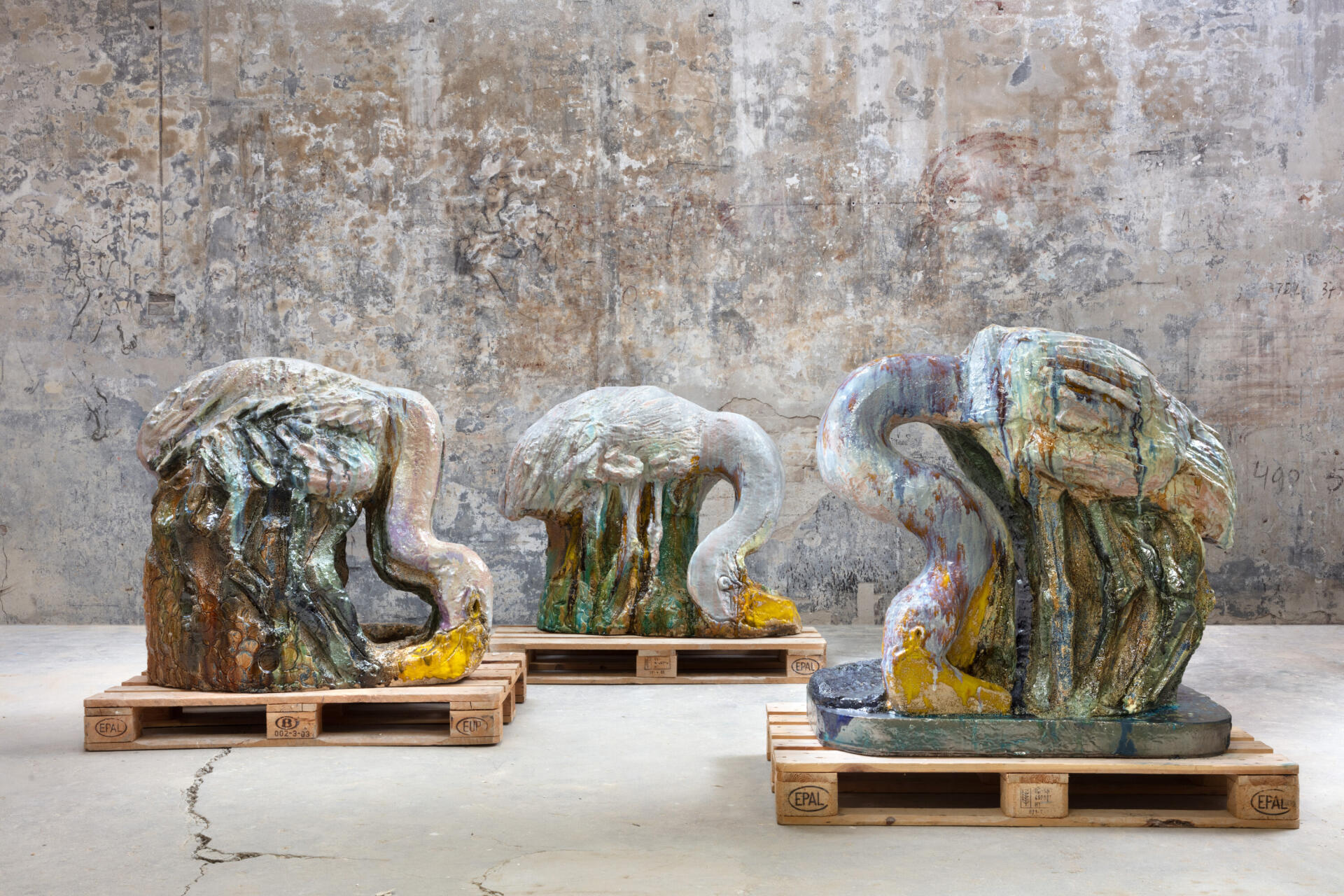
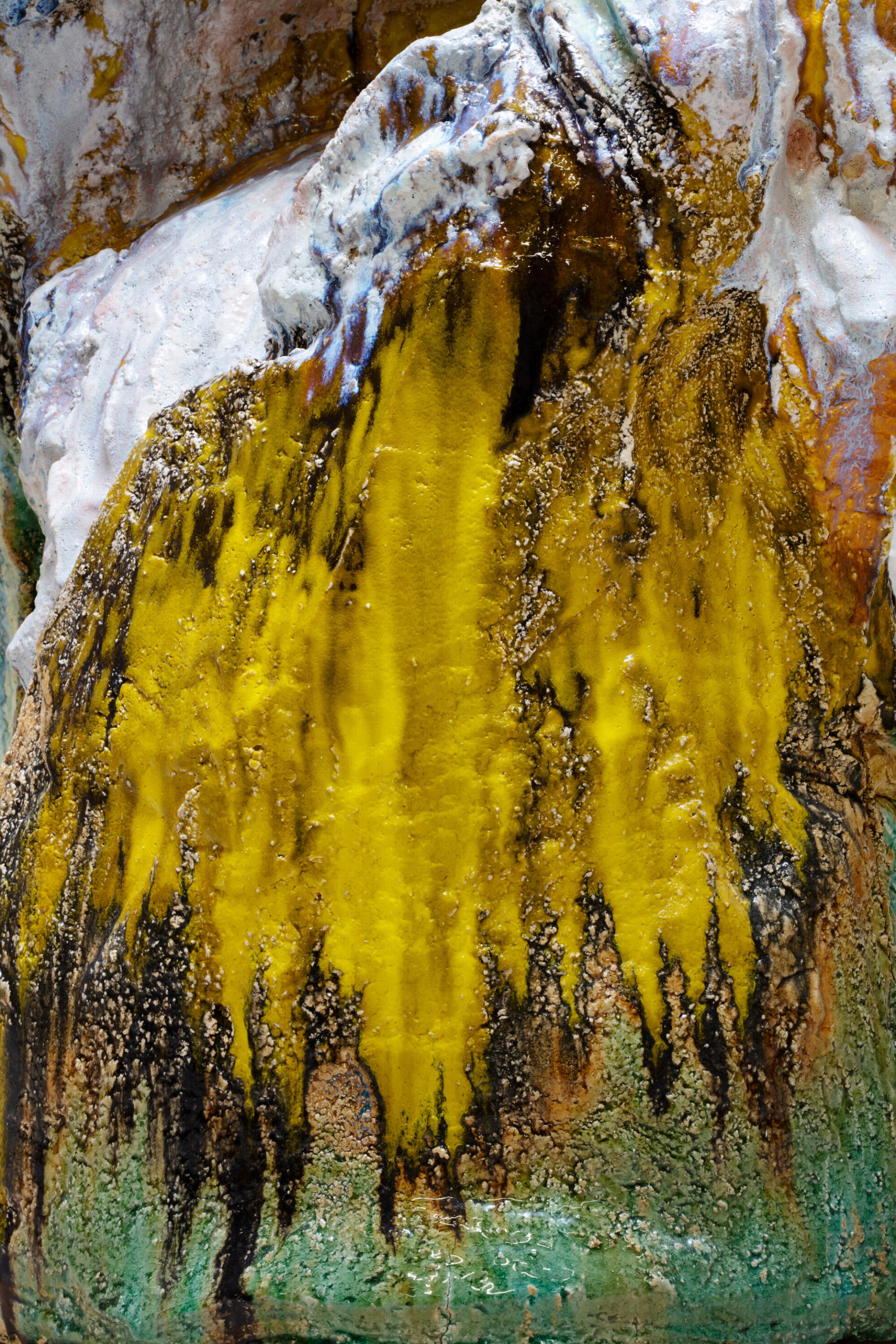
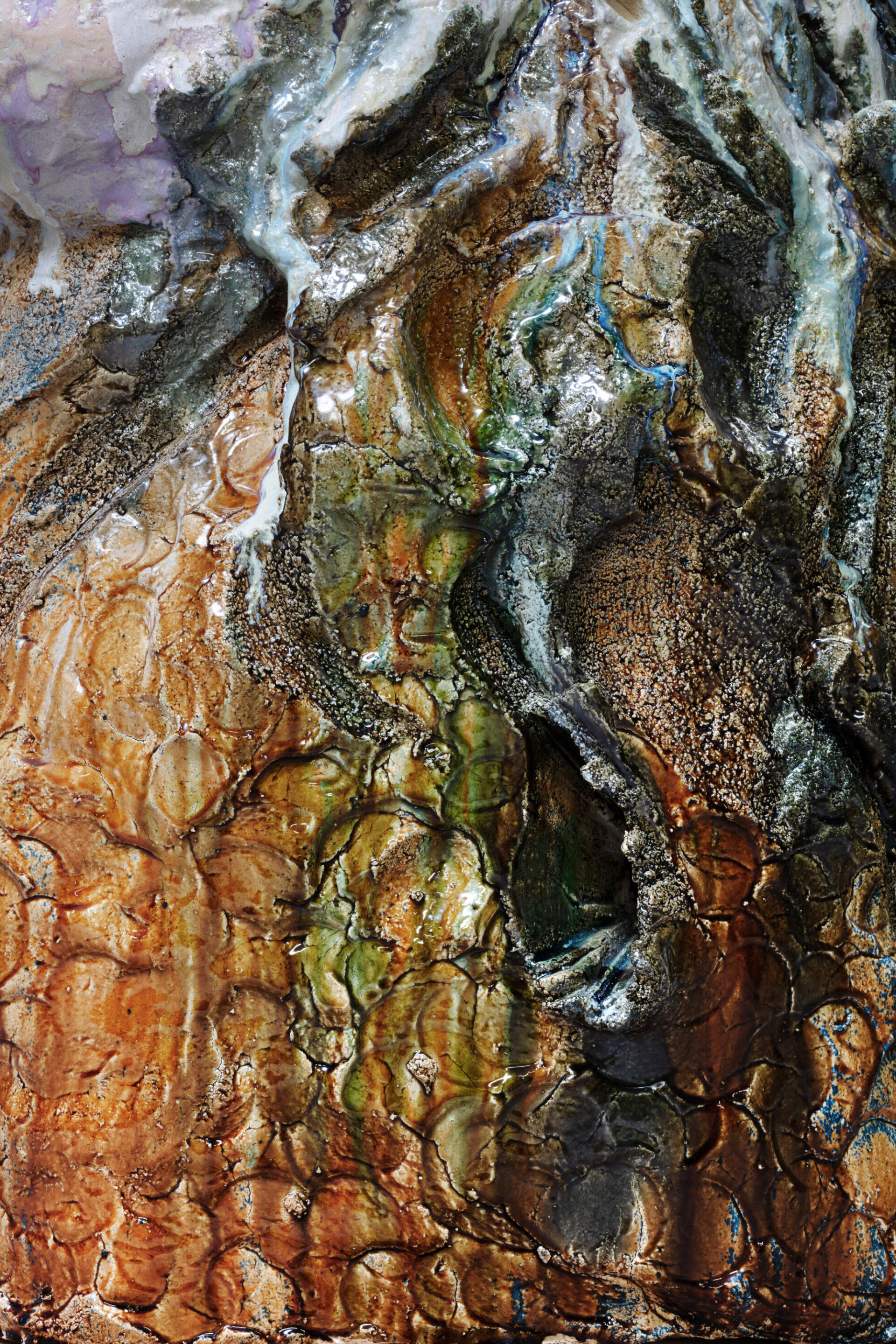
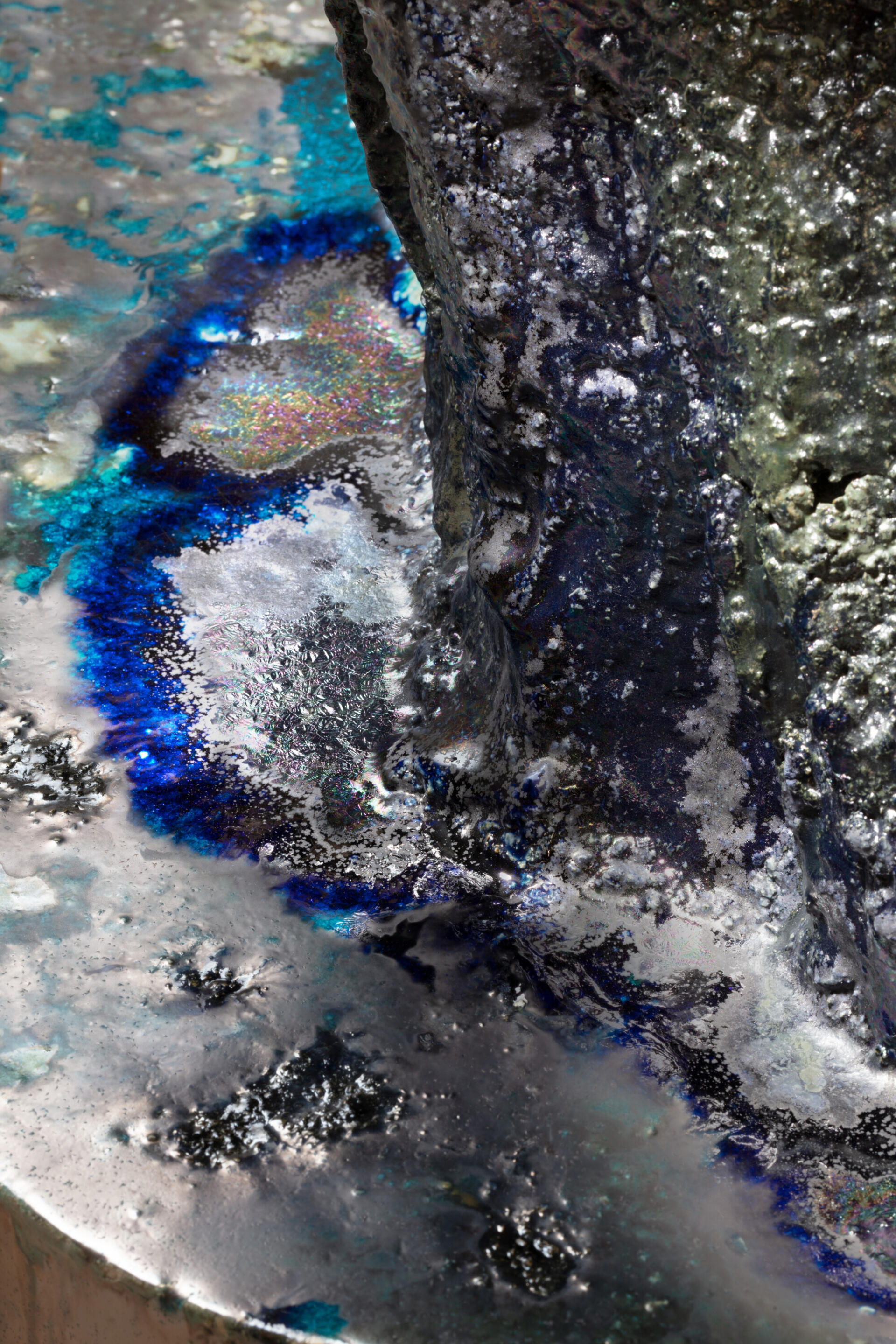

In front of the museum entrance, and in direct contact with the public, sits De Vleermuis (2014-2019). This major example of the artist's monumental sculptures was previously exhibited on a rocky promontory, in the Pilane sculpture park in Sweden, in front of the Petit Palais, in Paris during the Fiac "Hors les Murs" and in the garden of the Villa Medici in Rome. Premonitory, because realized before a world pandemic which ankylosed the world, this bat is imagined to be ridden: the visitors can hoist themselves between its spread wings, because art is an elevation and an interaction...

